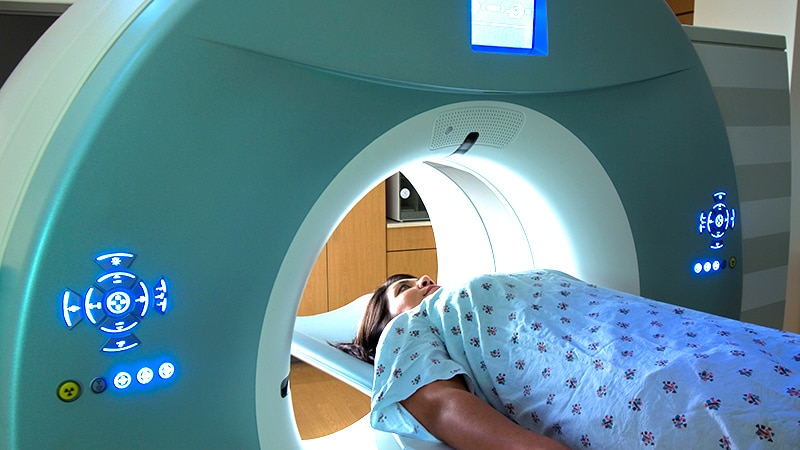Takeaway
- A new prognostic score (NARCA) that combines neutrophil-albumin ratio (NAR) and Ca19-9 levels allows stratification of unresectable pancreatic ductal adenocarcinoma (PDAC) patients into groups with significantly different overall survival.
Why this matters
- Due to the complex pathophysiology and genetic profiles of PDAC, there is no widely used prognostic tool for the palliative setting.
Key results
- All markers showed significant prognostic value on univariate analysis.
- On multivariate analysis, only NAR >0.13 (HR 3.174; 95% CI 1.18‐8.55; P=0.022) and Ca19‐9 >770 U/mL (HR 2.697; 95% CI 1.10‐6.65; P=0.031) were independent predictors of overall survival (OS).
- Median OS was 20.5 mo in the NARCA 0 group (both NAR and Ca19‐9 low), 9.7 mo in NARCA 1 (either NAR or Ca19‐9 high) and 4.1 mo in NARCA 2 (both NAR and Ca19‐9 high).
- After adjustment for American Joint Committee on Cancer stage (AJCC) stage, Eastern Cooperative Oncology Group performance status (ECOG) performance status, chemotherapy, sex, and age NARCA 1 (HR 3.874; P=0.001) and NARCA 2 (HR 13.212; P<0.001) were significant predictors of OS when compared to NARCA 0.
Study design
- Retrospective cohort study of 145 patients with unresectable histologically-confirmed PDAC.
- The following markers were investigated: neutrophil-lymphocyte ratio (NLR), NAR, platelet-lymphocyte ratio (PLR), fibrinogen, and Ca19-9.
- Funding: none.
Limitations
- The NARCA score can only be used in Ca19‐9-positive patients.
References
References



